29 May Right of Way At Stop Sign
In Belos v. Michaels, 2017 BCSC 1217, the Plaintiff was driving his motorcycle on a through road and the Defendant was stopped at a stop sign, waiting to enter onto the through road. As the Plaintiff approached the intersection the Defendant drove out, causing the Plaintiff to take evasive action to avoid a collision. In doing so, he lost control of his motorcycle, tumbled onto the road and injured himself.
The Plaintiff claimed that the Defendant caused the accident and should pay him damages for his injuries. The Defendant disagreed.
The Defendant testified that he stopped at the intersection’s stop sign and looked left, right and then left again. He observed no traffic to his right. There was a parking area to his left where cars were parked, and this prevented him from having a clear view in that direction. As he advanced one car length into the intersection, he caught sight of something in his peripheral vision. He hit his brakes and the next thing he knew there were sparks flying and a motorcycle sliding.
The Plaintiff testified that he slowed down his motorcycle just before entering the intersection. He observed lights that shone through the spaces where the parked cars were located. He could not tell whether the lights were from a moving vehicle or a vehicle that was stopped. He testified that as soon as he saw the Defendant come into the intersection, he braked and swerved to the left to avoid a collision. He then braked and cranked his motorcycle to the right, which caused it to come out from under him.
The Plaintiff argued that he had the right-of-way as he was on a through street and the Defendant was required to yield to him, as he was travelling on a street governed by a stop sign at the intersection.
The Defendant argued that he was not an immediate hazard when he was in the intersection. Instead, the Plaintiff created an immediate hazard by the manoeuver he took, and so he was responsible for the accident. Alternatively, the Defendant argued that the Plaintiff was contributorily negligent for driving without due care and attention at a speed that was in excess relative to the conditions. However, the Defendant did not provide any evidence which would show that the Plaintiff was in breach of this obligation.
The Court considered previous cases that dealt with drivers who took evasive action to avoid a collision. The case law confirmed that even though a driver has a statutory right-of-way, he must try to avoid a collision if at all reasonably possible. The case law also confirmed that even if the evasive action taken by a plaintiff was not as good as some other course of action might have been, his action would not necessarily amount to contributory negligence. It would have been the defendant who created the emergency which led to the evasive action in the first place.
The Motor Vehicle Act of British Columbia required the Defendant to yield to the Plaintiff if the Plaintiff was travelling on a through highway or posing an immediate hazard. Only after having yielded the right-of-way and there being no immediate hazard, could the Defendant proceed through the intersection cautiously.
The Court found that the Defendant was aware, or should have been aware, of an approaching hazard. The Plaintiff, when entering the intersection, was slowing down. The Defendant was moving forward and only stopped when he observed the Plaintiff. The Plaintiff took the only evasive action he could reasonably have taken, which was to swerve and brake so as to go around the Defendant. The Plaintiff then cranked his vehicle back into his lane, which caused the motorcycle to come out from under him.
The Court concluded that the Defendant was negligent when he entered the intersection, as he could not see the traffic coming from his left. The Defendant was found entirely liable for the accident and there was no contributory negligence on the part of the Plaintiff.


